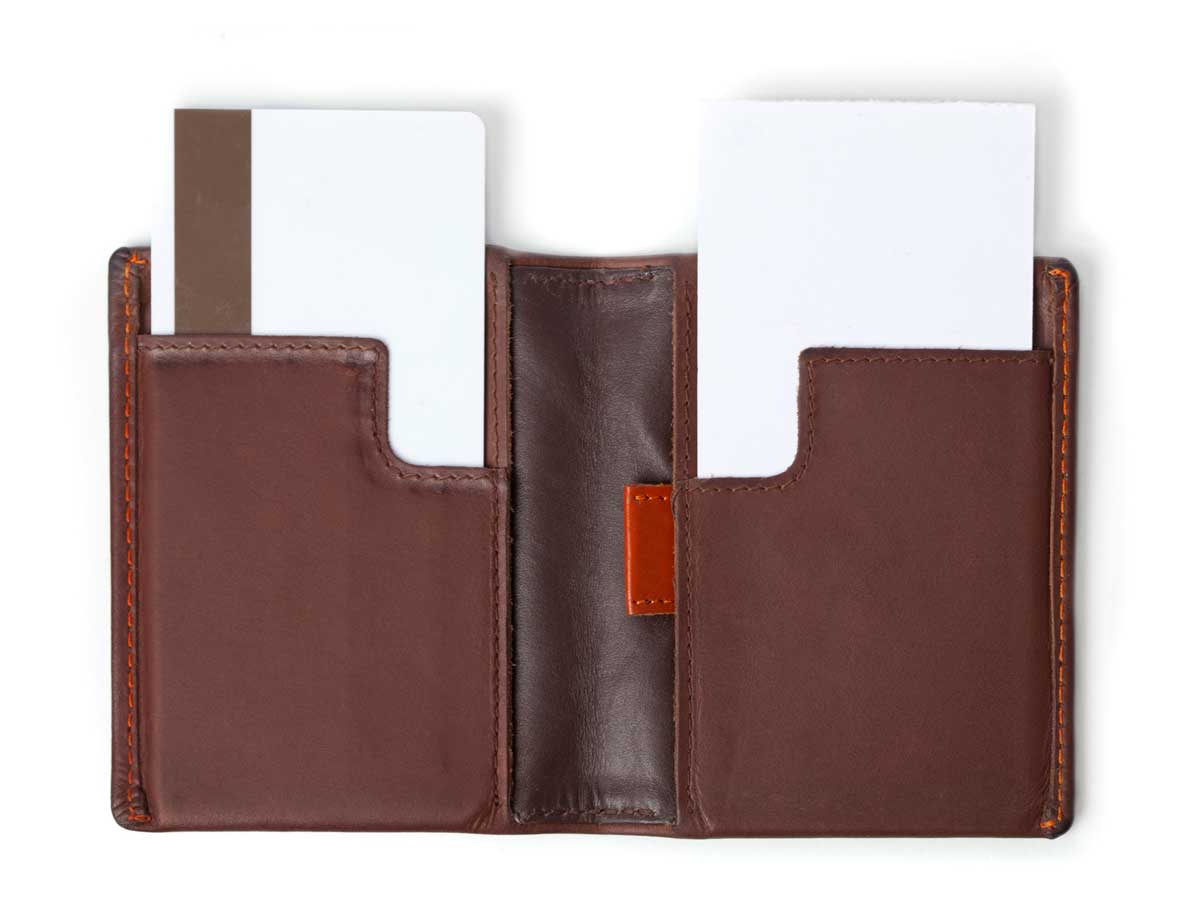
In today’s seemingly fast-paced world, where multiple demands on our time seem commonplace, it’s easy to forget about our own fiscal responsibilities. Nevertheless, prudent money management is key to your financial future. Whatever the current conditions, personal debt will not disappear on its own.
To manage debt properly, it’s important to begin distinguishing between “good debt” and “bad debt.” From a purely financial perspective, good debt is borrowing in order to purchase an asset that is likely to appreciate in value, for example, a home or business. Good debt may become “better” debt if, for instance, an individual itemizes certain repayments, such as the home mortgage interest deduction.
On the other hand, bad debt is borrowing in order to purchase an asset that is likely to depreciate in value, for example, an automobile or borrowing for nonasset consumption such as a vacation. And, bad debt has been made “worse” now that the government has eliminated tax deductions for certain kinds of debts, such as interest on personal loans and credit cards.
To deal with debt effectively, you may want to look at your debts and answer the following questions:
Good vs. Bad–How much debt do you have? If you don’t know, the first step toward controlling your debt is to characterize your debts and then break them down into short-term (e.g., credit card), intermediate-term (e.g., car loans), and long-term (e.g., mortgage and home equity) debt. You’ll then have an overall picture of your current debt situation.
Right vs. Wrong–To which debt do you belong? Generally, it makes sense to pay off higher interest rate debt first, particularly if the interest from that debt is nontax-deductible–credit cards, for example. Payment schedules are most appropriate for intermediate- and long-term debt. Ideally you should have enough in savings to pay off short-term debt. Also, since credit cards are typically used for current consumption items (and not for appreciating assets), this form of bad debt can tempt us to live beyond our means.
Paying Today vs. Paying Tomorrow–Are you aware of how much you’ll borrow? Do you make minimum payments on your credit card bills? Although that practice increases your purchasing power, the interest that accumulates by stretching out payments makes any “bargain” purchase costly in the long run. One way to understand the impact of a minimum payment strategy is to ask your credit card company to calculate how long it would take you to pay off your current balance, and how much interest you will be paying along the way. You’ll find the numbers might shock you into adopting a pay-as-you-go strategy.
To Spend or Not To Spend–Are you prone to impulse spending? You can counteract this reaction by avoiding shopping trips that don’t have a specific purpose. Or, try delaying buying impulses for 24 hours. Quite often, the impulse will pass once you’ve had a chance to sleep on it.
Spending is not always based on purely financial considerations. It can be complicated by emotional factors which can cause confusion between things we think we need and things we really do need. Asking yourself the right questions won’t cost you a dime, and may help save you a lot of dollars!